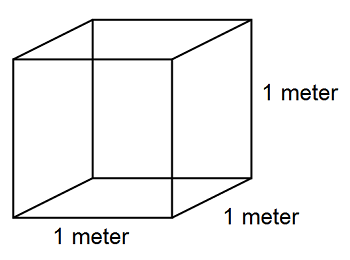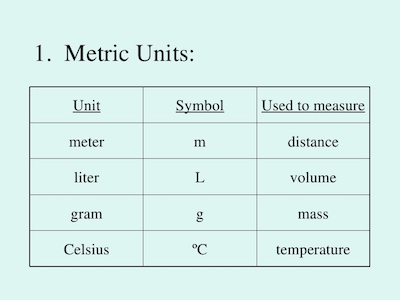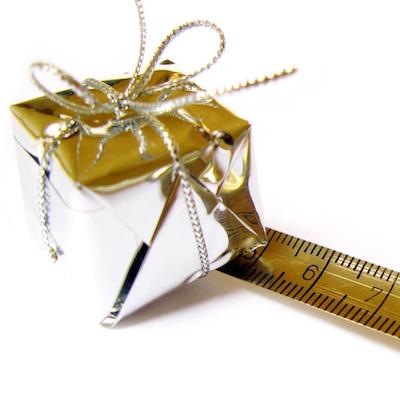While there are many different units of measurement, one that we believe students tend to struggle more with is the cubic meter. Many people have difficulties determining the physical value or quantity this represents.
Check out all our free conversion tools.

The truth is that even when you know that cubic meters (m^3) represent a unit of volume in physical science, you may have a hard time imagining a cubic meter. But this will stop today as soon as we show you how to calculate cubic meters.
The Metric System
The metric system which is also known as the SI or international system of units started back in the 18th century and it was implemented in Europe in the 1790s.

The main purpose of the creation of this new measurement system was related to the inconvenience and imprecision of the feet and inch units. In case you don’t know, these were based on absolute standards. So, the meter was picked to represent one-ten millionth of the presumed distance from the equator to the North Pole, and the kilogram was selected to be the mass of one liter of water. A liter in turn was defined as the volume occupied by a cube-shaped space 0.1 m (10 centimeters, or cm) on a side or the equivalent volume in any other solid shape.
These definitions have been modified from their original values only to reflect the advent of increasingly precise measuring tools over time.
Discover how to convert gallon to m^3.
How To Calculate Cubic Meters

Now that you have a better grasp of the international system of measurement, it is time to take a closer look at cubic meters.
Simply put, a cubic meter is simply the space in the shape of a cube that has 1 m on a side or the equivalent. For example, if you think about a rectangular box that has a length of 2 m and a width of 1 m, and a height of 0.5 m, you would then have a volume of 1m^3 since 1 × 2 × 0.5 = 1.
The cubic meter is equivalent to 35.315 cubic feet (ft^3).
Learn more about how to convert volume.
Some Practical Examples
Let’s say that you have an aquarium tank that has 20 m long, 20 m wide, and 10 m deep and you want to find its volume.
The reality is that the calculation is pretty straightforward:
20 × 20 × 10 = 4,000 m^3.
Looking to know more about the gallon to m^3 conversion?
One of the most interesting aspects of this is the sheer mass of the water inside. If you remember, 1 l of water has a mass of 1 kilogram. So, a cubic meter holds 1,000 kg of water since it is 10 times larger on a side than a liter.
Learn more about the cubic meter.
Here’s another example of how to calculate cubic meters.
Imagine that you have a giant ball that is 2 m wide. And you want to inflate it. How much air can it hold?
As you can easily understand, you will need to calculate its volume.
In case you don’t remember, the volume is given by the formula:
V = 4πr3.
Since the ball is 2 m wide, this means that its diameter is 2 m. Therefore, the radius is 1 m.
So, you can now use the formula to determine the volume:
V = (4π)(1)2
V = 4π m^3
V = 12.57 m^3.